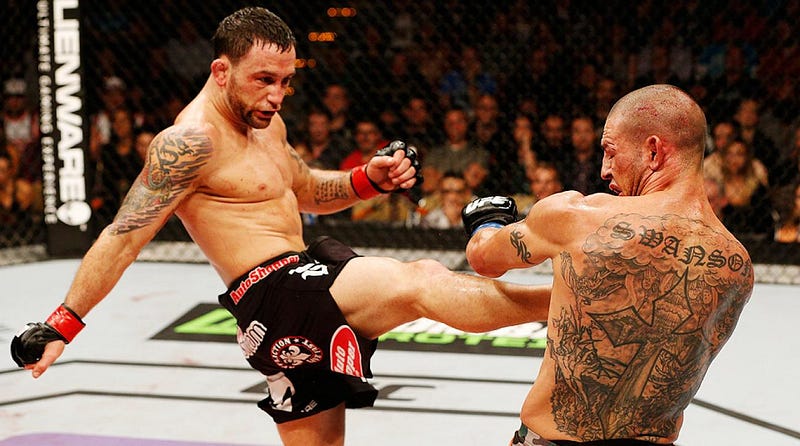
There’s a trend occurring among some athletes where they are shifting from the traditional balanced Western diet to a low carb, ketogenic-style diet. They believe that since low carb diets may be beneficial for prevention of certain diseases and overall health, that it naturally would improve their performance. A reasonable thought, but a false one.
There are many interpretations as to what constitutes low carb. There’s quite a bit of ambiguity but for the sake of this article I consider low carb to be about 50g of carbs or less per day.
To understand why a low carb diet is not optimal for most sports, it is important to have a basic understanding of the body’s energy systems. For the sake of simplicity and reader retention, I’ll make it easy. Your body has three main energy systems; Creatine Phosphate, Glycolytic, and Beta Oxidative. It is important to realize that during physical activity, you are actually using all three at all times to varying degrees. However, in most circumstances you are using a proportionally higher amount of one than the other two. The energy system you use is based primarily on how intense the activity is.
Understanding How Energy Systems in the Body Work
The Creatine Phosphate energy system is used during the most intense activities. If you were running a sprint, this energy system would kick in right away and send you flying. It produces ATP (our body’s energy currency as it is often referred) at a very high rate. The problem is, this system gets depleted very quickly. I’m talking like 10–12 seconds quickly. Naturally, it begins to replenish itself as you slow down, but full replenishment takes quite a bit of time (upwards of eight minutes depending on certain factors).
The Glycolytic energy system kicks in after Creatine Phosphate runs out of gas. You are still able to maintain a high level of intensity and can perform anaerobic exercise. Basically, your all out sprint becomes a fast paced stride. This energy system will sustain you for 30–90 seconds of continuous activity. Similar to the Creatine Phosphate energy system, this system will replenish itself during rest periods or low activity periods. The Glycolytic energy system burns carbohydrates for energy.
The beta-oxidative energy system can sustain you for a very long time, however it cannot keep up with the demands of anaerobic activity. Basically, you slow down quite a bit, but you can maintain this slow pace for awhile. It makes sense when you realize that this system runs mainly on fats. We essentially a limitless amount of fat stored in adipose tissue on our body. The problem, from an athletic perspective, is that this energy system cannot keep up with the demands of most sports. It simply does not produce ATP at the rate of the Creatine Phosphate or Glycolytic systems.
The point of that breakdown is as follows: optimizing the Glycolytic energy system is crucial because almost every competitive sport has an anaerobic component to it. Remember, there are levels to this. There are degrees of anaerobic exercise that vary from sport to sport. It’s not just a free for all where you can ingest as many carbs as you want if you’re a competitive athlete. Sorry to break it to you, but you don’t have to carb load for your beer league softball games on Saturdays.
There’s a reason, marketing notwithstanding, that there is Gatorade on the sidelines of every major sport. Carbohydrates are essential to optimal anaerobic performance.
Think of all the sports that have a sustained high intensity component to them:
Football
Soccer
Basketball
Hockey
Boxing
Mixed Martial Arts
Jiu Jitsu
Sprinting
Bodybuilding
Tennis
You can see why going low carb is a risky endeavor, particularly when you are competing at the highest level and looking to maximize every facet of your lifestyle and training to be the best. I’m sure I will hear of anecdotal evidence to the effect of “well this guy does keto, and he does such and such.” Two things to remember
- In most cases these athletes participate in long duration, low output, aerobic sports like marathon running or triathlons. Or they participate in the extreme opposite, like powerlifting. Powerlifting lasts but a few seconds at a time, and will tax the Creatine Phosphate system more than the Glycolytic system. In addition, powerlifters take long rest periods between sets to allow that Phosphocreatine system to completely replenish and thus give max effort.
- They want it to work. There I said it. They want to believe that keto is king. Sure, maybe there are anomalies out there that can compete in anaerobic sports at the highest level on low carb, I won’t deny that. But the basic principles of bioenergetics discussed in the article suggest otherwise.
Should athletes ignore the Beta Oxidative system and the ability to use fats as fuel efficiently?
Absolutely not. In many cases, it is inevitable that that system will kick in. There are certain sports that use all three energy systems at high levels, like boxing and mixed martial arts. These sports have both an aerobic and anerobic component to them. Ever notice a fighter that starts fast and terrorizes opponents early but completely gases in later rounds? Think Francis Ngannou, Khalil Rountree, Anthony Rumble Johnson. These guys lack the ability to make that seamless transition from carbs to fats as fuel.
Low carb diets are great for many things. Many people find them as the best way to lose weight, improve health markers, and keep cravings low on a diet. But they don’t work for everything. If you are looking to be the best athlete you can, a low carb diet will simply let you down at a certain point.
